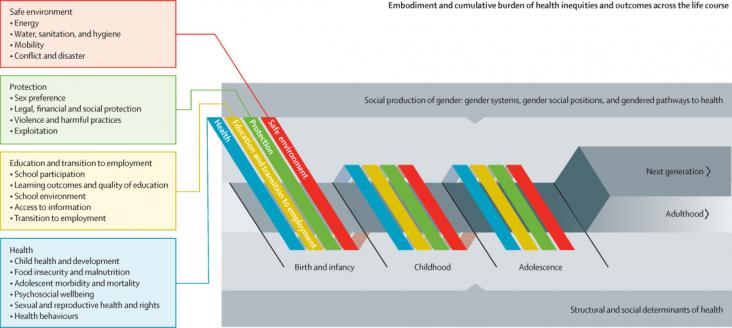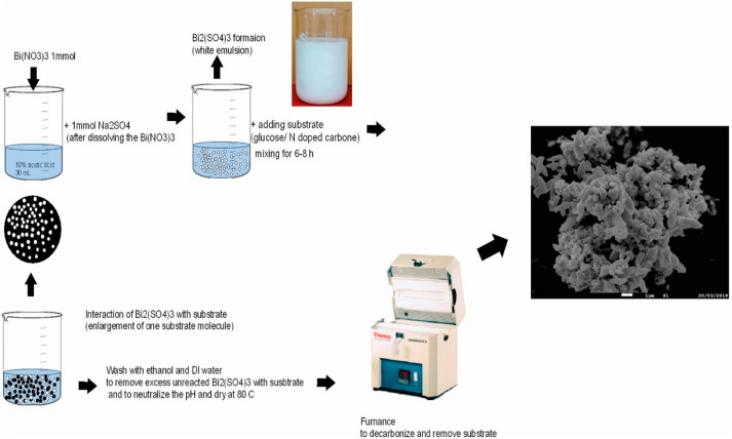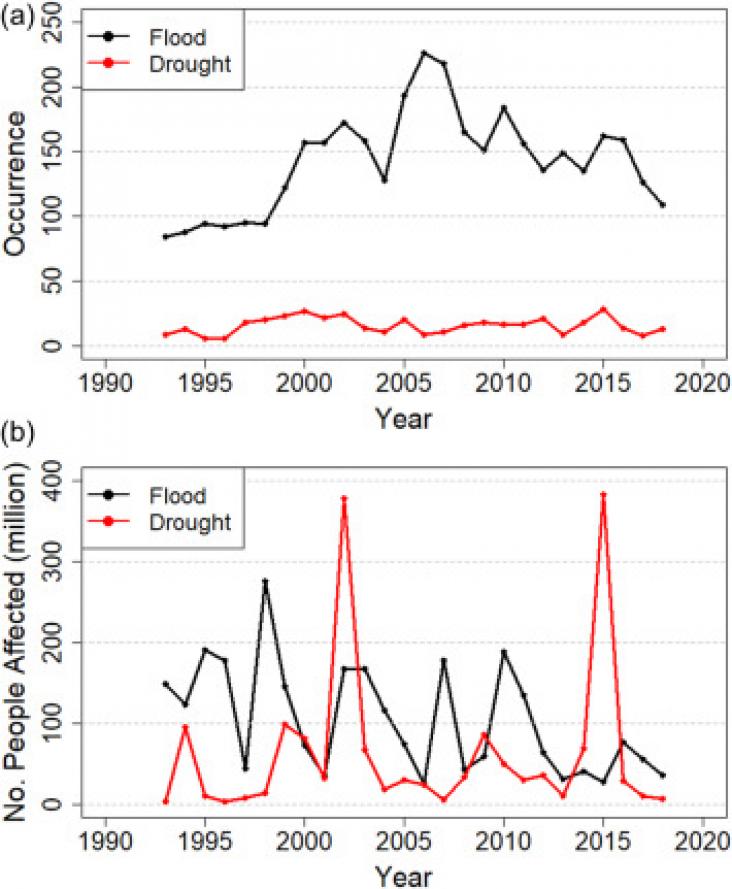
Background: By adulthood, gender inequalities in health and wellbeing are apparent. Yet, the timing and nature of gender inequalities during childhood and adolescence are less clear.

Iodide and bromide ions in surface and ground waters can react with natural organic matters and produce toxic disinfectant by-products. A novel bismuth composite material has been developed for the removal of iodides and bromides at parts per million concentrations.

This paper examines the global trends and main health impacts of these events based on databases and case studies, identifies gaps in the Sustainable Development Goals (SDGs) indicator framework for monitoring health impacts of disasters and suggests recommendations to address these gaps.
Change point analysis can reveal when a biomarker starts to diverge from the pattern of normal aging. This paper analyzes several biomarkers from the Alzheimer’s Disease Neuroimaging Initiative (ADNI) to estimate the sequence and timing of their change points relative to a subsequent clinical diagnosis of mild cognitive impairment (MCI) in subjects initially considered cognitively normal (CN).
This book chapter advances SDG 3 by explaining how water, sanitation and hygiene (WASH) essentially address healthy living through intelligent management of human behaviour and the production of wastes so that the environment and ecosystems are not negatively impated. This chapter describes WASH in low resource countries and the role of the engineer in enabling the approach.
Based on the responses of a nationwide survey, this article explores the significant impact that COVID 19 has had on radiologists across the nation and, in the context of SDG 3, the impact on their mental health.
This chapter addresses SDG 10 and SDG 3 through an examination the critical dimensions of cyberbullying in relation to hate speech and online harassment, connecting it with racial and ethnic discrimination.
This Personal View addresses SDGs 2, 3, 10, and 12 by exploring the potential consequences of food system innovations in relation to the SDGs. The authors highlight the negative consequences that standalone innovations can have for some sustainability goals, particularly for reducing inequalities and improving social justice. They identify ways in which technical innovations could be embedded in systemic changes to address trade-offs between positive and negative outcomes of their implementation.
Background: Circadian disturbances are commonly seen in people with Alzheimer's disease and have been reported in individuals without symptoms of dementia but with Alzheimer's pathology.
An article on the prevalence, risk factors, and management of dementia in older adults in China, in the context of SDG 3, highlighting the need for the development of a prevention strategy and optimising clinical management.
